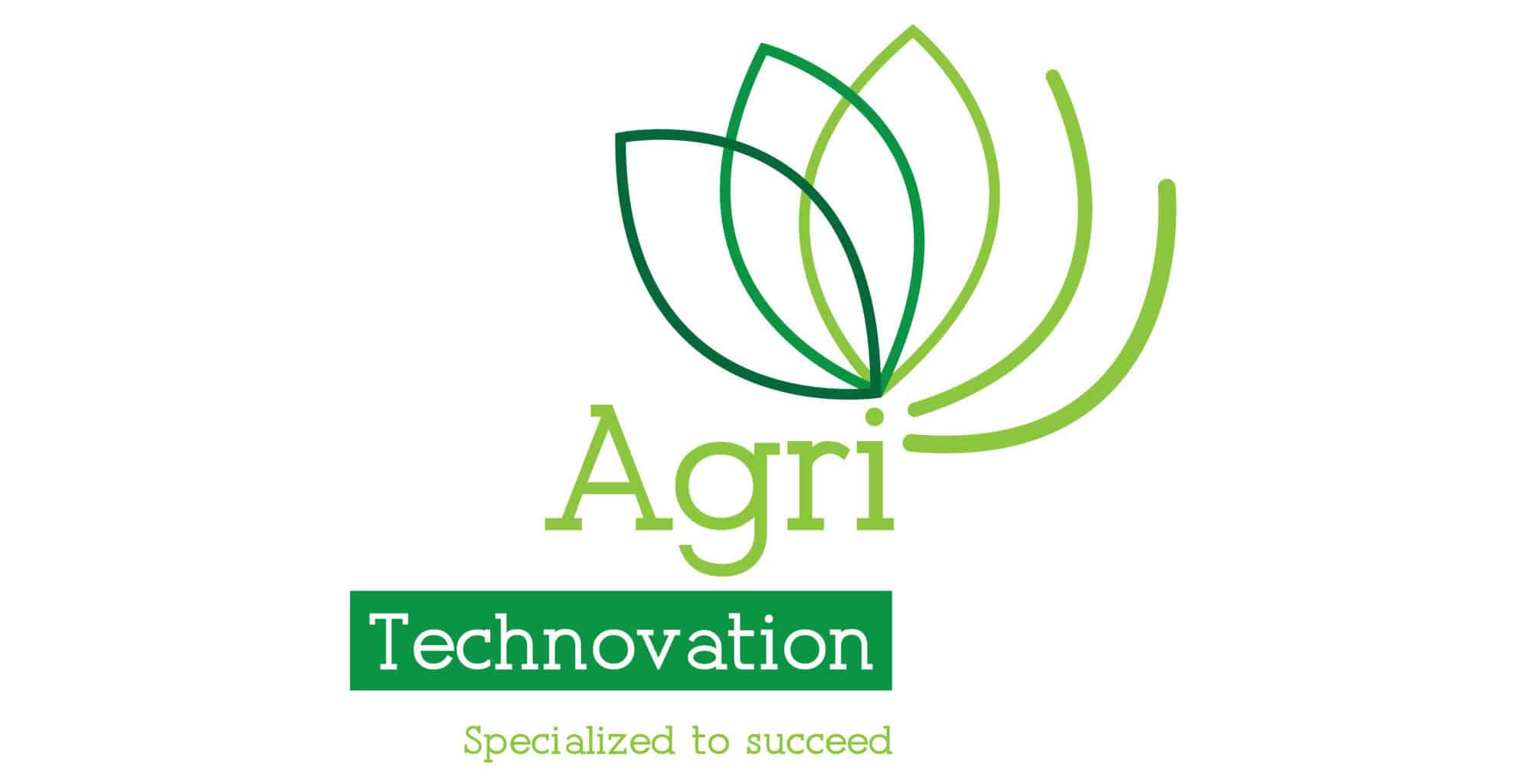Soil Health, Microbial Activity and Diversity, and How to Measure It
by Ruth Anita Vaughan
Soil health is defined as the capacity of the soil to function as a vital living system, within ecosystem and land use boundaries, to sustain plant and animal productivity, maintain or enhance water and air quality and promote plant and animal health. A healthy soil functions sustainably to satisfy human needs and recycle elements, energy and water between earth systems. As farmers we are mainly interested in the ability of healthy soil to drive up yield potential. As humans we should be aware of the importance of healthy soil to clean up our air and water, and to improve the environment we live in. Healthy soils have an enhanced capacity to sequester carbon and store water and mitigate climate change.
According to the FAO the main soil qualities that should be considered as soil health indicators are:- nutrient availability, workability, oxygen availability to roots, nutrient retention capacity, toxicity, salinity and rooting conditions. Soil health is determined by the soil quality, which refers to the chemical, physical and biological characteristics of the soil. In this article we are focusing on the biological characteristics of the soil.
A handful of productive soil can contain more living organisms than people that walk on the earth. Managing the biological part of the soil means providing a habitat that is conducive for organisms to grow and thrive. Soil organisms are made up of macro and micro flora and fauna, including but not limited to:- earthworms, beetles, insects, algae, amoeba, protozoa, mites, nematodes, bacteria, fungi, and plants. When these die and decay they create organic matter in the soil. This contains carbon compounds that provide the fuel for the biological activity in the soil. As organic matter breaks down it releases nutrients that feed the biological activity.
Organic matter sequesters carbon, and improves the soil structure, reducing compaction and enhancing aggregate and macro-pore stability which in turn improves water infiltration and water storage and reduces erosion. In a nutshell, the rainwater goes into your soil in your fields and doesn’t run off. This improves your farm’s ability to withstand drought and heavy rainfall and mitigate climate change.
The primary source of the energy that drives the soil ecosystem is the sun shining on plants that photosynthesize, capturing carbon dioxide and converting this into sugars that provide the building blocks for the organic matter. A bare soil is not sustainable. The soil food web is not being resupplied with the energy it needs and will burn out.
Modern agricultural practices contribute to soil health degradation. Bare soils, overgrazing, the failure to return organic matter to the soil, intensive tillage, limited crop rotation and excessive application of fertilizers and pesticides can deplete the soil organic matter and damage the biological soil web.
Biologically active and diverse soil food webs reduce pest and disease damage in crops by maintaining populations of beneficial insects and microorganisms that feed on plant pests or outcompete them for resource.

Essential plant nutrients are stored within the living soil organisms, and when they die and decay are released back to the soil solution for plant update. This storage and mineralization of essential plant nutrients is a major yield driver and is totally reliant on soil health and microbial activity.

There are many tests readily available to assess the chemical and physical properties of the soil and a bank of knowledge on how to instigate corrective measures to improve these qualities. Macro flora and fauna can be visually assessed, however, assessing the microbial soil health is a true challenge. The microbes are too small to be seen with the naked eye, and even under the microscope it is very difficult to identify them as many of them look so similar!
Soil microbes serve as indicators of soil health from a farming point of view due to the valuable functions they perform in the soil to the benefit of plants. The microbial functions that contribute to soil fertility and drive yields include, amongst other, nutrient solubilization, nutrient recycling, aggregate formation, pathogen suppression and other essential processes that contribute to soil equilibrium, resilience, and stability.
Agri Technovation is a global leader in agricultural testing and advisory services. Their microbial laboratory in Wellington, South Africa, the MICROLIFE RESEARCH CENTRE, has studied the activity and functions of soil microbes for many years. They have the required means and expertise to assess agricultural soil health and to give the correct advice on how to improve it. In addition to standard nematode and pathogen analysis, the MICROLIFE RESEARCH CENTRE has developed a groundbreaking and novel way of testing microbial soil health and diversity. The ITESTTM MICROLIFE analyses is based on three pillars and includes eight different analyses that measure the organic fraction present in the soil, the microbial activity occurring in the soil (the mineralization of carbon, phosphorous and nitrogen in different forms), and the microbial diversity (the species richness and abundance).

Using the ITESTTM MICROLIFE soil health analyses, the farmer can monitor the microbial activity and diversity at the proper physiological stage of the crop. Agri Technovation’s holistic approach includes the right analyses and the correct recommendations to improve the microbial soil health with the exceptional purpose of improving root health and nutrient availability and ultimately plant growth and yields.
To learn more about the ITESTTM MICROLIFE analyses, email ruth.vaughan@agrotechnovation.com





